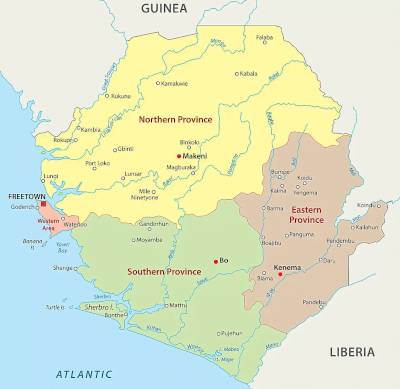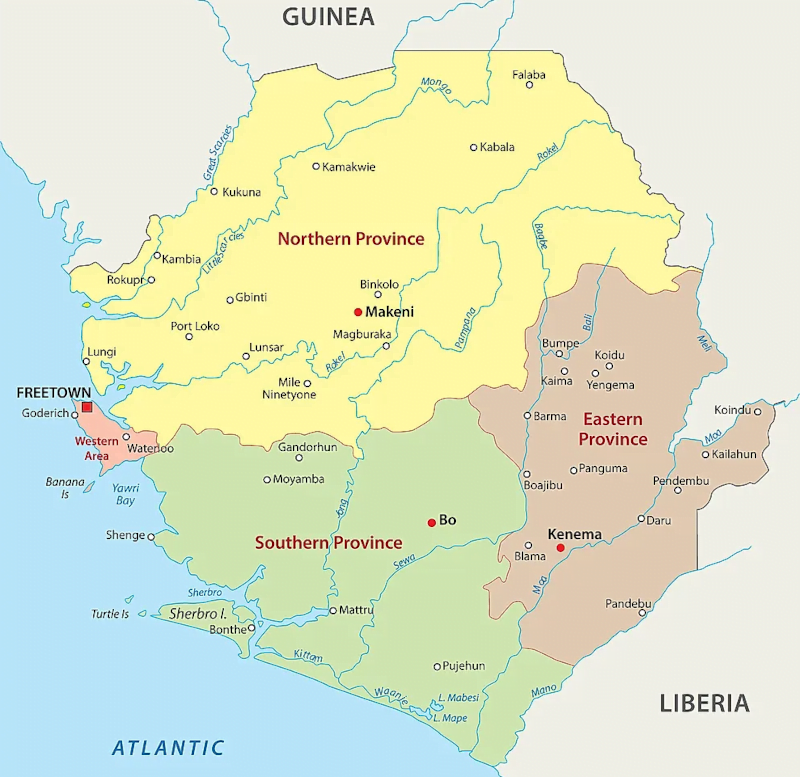Housing
Our Programs
- Retirement Housing
- Clergy Safety
- Water & Sanitation
- Education & Schools
- Stanton Scholarship
Objectives
- 10 detached residential bungalows (self-contained with a sitting room, bedroom, & 3-fixture bathroom (sink, toilet, and shower/bath);
- a central support building that will include a kitchen, dining room, chapel, clinic, & a recreational hall;
- a water well equipped with a submersible pump & a septic treatment system
- electrical generation equipment including a generator and/or solar panels;
- and provision of equipment for the clinic & furniture for the detached residential bungalows.
Benificiaries
Target beneficiaries are aged and retired priests, brothers and nuns.
Viability
The Order of St. John Paul II, working with the four diocesan Boards of Trustees and the Diocesan Old Priest Homes Management Committee (DOPHMC), will raise funds for construction of the Clergy and Religious Retirement Campus and oversee construction work.
Sustainability
The Catholic dioceses in Sierra Leone will pay the on- going salary of caretakers and give subvention through the diocesan Formation Council and Inter-diocesan Parish Pastoral Council for running the Clergy and Religious Retirement Campus. Small fees will be levied on Parishes, diocesan Parish Organizations/Associations/ Groups and Small Christian Communities. Proceeds from these fees will be used for maintenance and repair/ renovation/expansion of the Campus.
Background
Sierra Leone is located on the west coast of Africa between Guinea and Liberia on the north, east and south and the At- lantic Ocean on the west. Its land area covers approximately 71,740 square kilometers (km2) (27,700 square miles). It has a tropical climate with two distinct seasons: a dry season which starts in November and ends in April; and a rainy season that starts in May and ends in October. The estimated population is approximately 8.2 million people, with annu-al population growth of 2.1% . Agriculture employs two-thirds of the country’s population, the majority of which is involved in subsistence agriculture that contributes 51% of the country’s GDP. Over 70% of the population lives below the poverty line and 26% cannot meet basic food needs.
Majority of the people in Sierra Leone practice either Islam or Christianity, but a few still uphold traditional religious naturalism ways of worship. The country has experienced affable religious tolerance over the years through an ecumeni- cal coalition, the Inter-Religious Council (IRC).
Catholic Church in Sierra Leone
The Catholic Mission Sierra Leone operates throughout the country. There are four Dioceses: Metropolitan Roman Catholic Archdiocese of Freetown; Roman Catholic Diocese of Kenema; Roman Catholic Diocese of Makeni; and the Roman Catholic Diocese of Bo. For more than 100 years, the Church has maintained an active presence in the fields of education, healthcare, and social welfare programs.
In his address on February 15, 2003, Pope John Paul II emphasized the Church’s role in: (1) renewing commitment to the formation of youth and helping them to realize that they are the new generation of builders of the City of God on earth; (2) renewing the commitment to promotion of family life that is threatened by widespread polygamy, divorce, abortion, prostitution, human trafficking and a contraceptive mentality, all of which contribute to irresponsible and im- moral sexual activity that leads to the spread of AIDS and other sexually transmitted diseases; and (3) demonstrating strong leadership in promoting programs that foster authentic respect for the dignity and rights of every person.
Currently there are over one hundred thirty (130) local Diocesan priests ministering to the people in Sierra Leone. Less than 10% of these priests live in better off parishes in the city of Freetown. The majority live in remote locations, without electricity, running water, means of transportation and communication. Thus, a majority of local priests face a number of challenges that include financial hardship, and low level of material wellbeing. Most of the priests receive a very low level of financial assistance from their local bishops, who in turn are under immense pressure with scarce resources.
The Confraternity of Catholic Priests of the Catholic Dioceses in Sierra Leone (CCPCD-SL) has identified providing appropriate homes for aged, retired and sick diocesan priests as a high priority and has decided to make appeals to re-source-rich countries of the Northern Hemisphere to help poor priests in Sierra Leone. This program for a Clergy and Religious Retirement Campus will help fill the needs identified by the CCPCD-SL and will directly benefit all Clergy and Religious serving in Sierra Leone.
We Invite Your Support
Your generous donation will help The Order of St. John Paul II realize its goals for these West Africa Programs.




